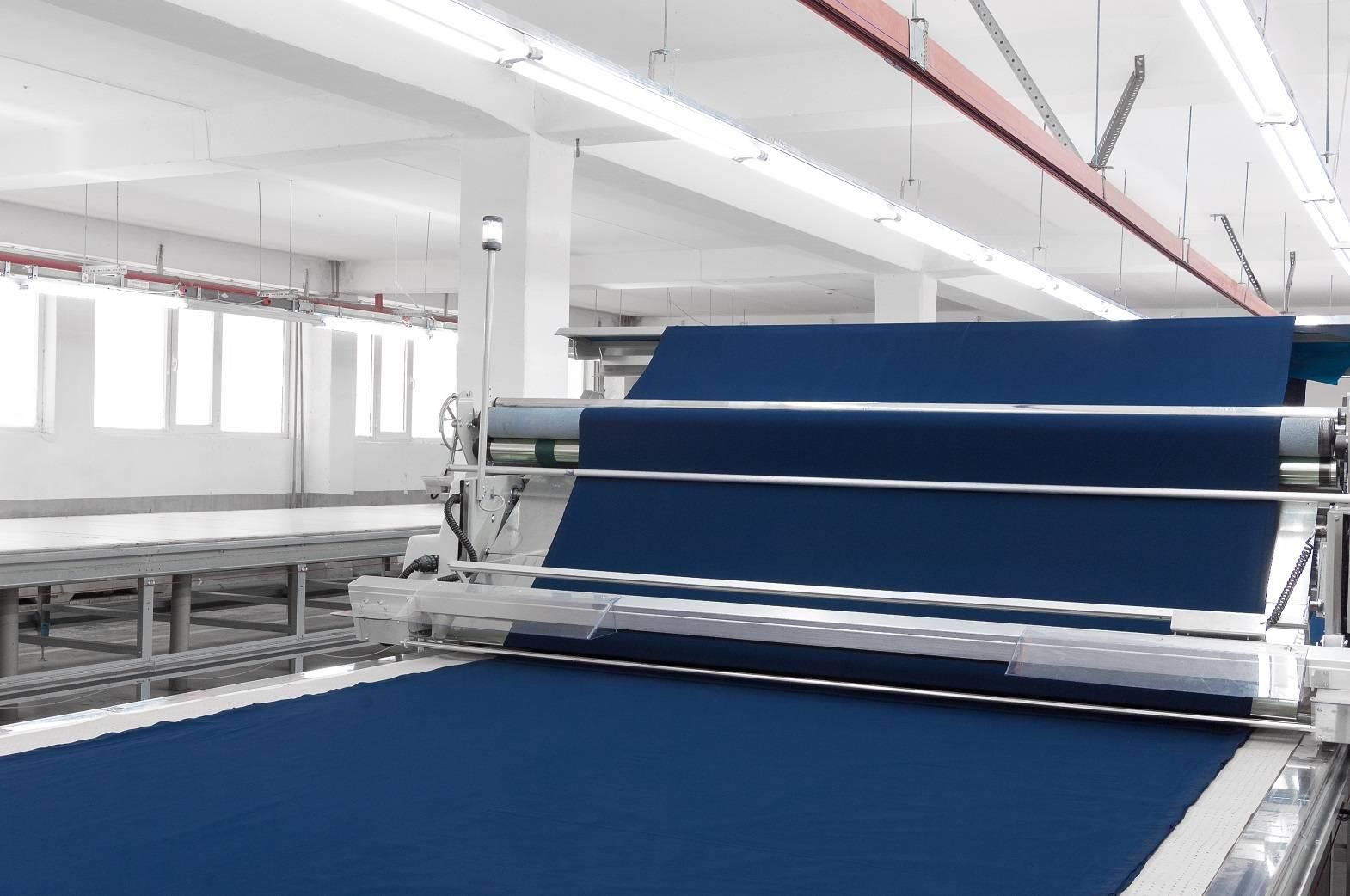The scopefor the Indian textile machinery sector to improve its performance is reckonedto be tremendous. Among other areas where the sector is currently lacking isthe investment into research and development. With an ever-growing textiles andapparel industry, the scope for corresponding growth in textile machinerysegment is a given. With demand for new machinery being a key growth driver,the 'Make in India' initiative can propel this sector to dizzy heights, writes
The global production of textilemachinery annually is worth over $20 billion. Among the biggest manufacturersof textile machinery are Italy, Germany, Switzerland, France and China. Indiadoes not figure at the top, but it has a big growth opportunity and prospect onthis count, especially with growing demand in the export market of textileproducts. According to a knowledge paper prepared by Suvin Advisors for IndiaInternational Textile Machinery Exhibitions Society (India ITME Society)earlier this year, "India can avail of this opportunity by upgrading itstextile industry especially in the area of modernisation of its weaving andprocessing sectors. China is leading in the field of textile exports todaybecause they installed a large set-up of spindles, rotor and shuttle-lessweaving machines. Today, China is manufacturing the entire range of machineriesfor the textile industry, not only spinning, weaving and processing but alsoknitting, embroidery and plants for the non-woven industry."
But opportunities are one thing, andcurrent realities quite another. Incidentally, global shipments in most of thetextile machinery segments saw marginal-to-sharp declines in the last one year.The deliveries of new short staple spindles, for instance, dropped 15 per centfrom 2013 to 2014. These declines were revealed in the May 2015 edition of theInternational Textile Machinery Shipment Statistics (ITMSS) published by theInternational Textile Manufacturers Federation (ITMF). The latest report, whichcovered six segments of textile machinery: spinning, draw texturing, weaving,large circular knitting, flat knitting, and finishing machinery, was compiledin cooperation with 110 textile machinery manufacturers, representing acomprehensive measure of world production.
Yet, given the slightly dismalglobal scenario, the prospects of the Indian textile machinery industry howeverlie elsewhere. The textile machinery industry in the country has grown mostlyafter Independence. There are roughly 1,000 machinery and componentmanufacturing units in India, with 300 of them producing complete machinery andthe remaining various textile machinery components - all with a totalinvestment of around ₹
The Suvin-ITME paper points out a drawback here, "Not all the units work to full capacity or even the optimum capacity level. Except for the units in the spinning sector where the machineries are of international standards; in the other sectors, machinery manufacturing for weaving, knitting and wet processing lack standard of quality and performance (in most of the cases) to compete with the European manufacturers. In the weaving sector, shuttle-less weaving machinery (rapier or jet) and in the knitting sector (circular knitting and flat knitting) machineries hardly have any presence in the industry." Essentially, herein is the scope for growth of the industry in India itself, leave alone exports.
So, where can growth come from? The knowledge paper singles out purchase of new machinery as the key growth driver of the market. It remarks, "One of the major growth drivers for global machinery market is the strong economic recovery; post-recession, increasing demand for textile products, and environmentally friendly fibres, and a growing demand for the developing nations. Today machinery manufacturers produce textile machineries at competitive prices, and sophisticated machines of higher speed, and production capacity. Presence of numerous small-scale players also makes the machinery sector more competitive. Along with them, MNCs have also entered the global arena, taking the competition to the next level, driving companies to work on their productivity and innovation."
Given the backdrop, the size of India's textile machinery industry is poised to double to ₹45,000 crore in the next seven years from the resent ₹22,000 crore on the back of new projects and emphasis on setting up textile parks, it was reported during the Global Textile Technology & Engineering Show-2015 (GTTES-2015), which was held in January this year in Mumbai. The industry witnessed a growth of 8-10 per cent to ₹22,000 crore in 2014 from ₹20,000 crore in 2013. With 282 exhibitors, 21 participating countries and 19,000 visitors at the event, the three-day GTTES itself was a big success.
The textile machinery sector has certainly come a long way from what it was during the late 1990s. Total production of textile machinery and parts grew more than four times from ₹1500.71 crore to ₹6,480 crore in 2013-14, according to the Official Indian Textile Statistics 2013-14, Office of the Textile Commissioner. The textile machinery sector has not been able to grow much as anticipated or hoped, having dipped twice in 2011-12 and 2012-13. The only component here that grew consistently was processed machinery, which rose from ₹460 crore in 2009-10 to ₹1,030 crore in 2013-14. The component that saw a dip in between was spinning and allied machinery, which rose from ₹2,105 crore in 2009-10 to ₹3,500 crore in 2010-11, but dropped to ₹2,570 crore in 2011-12 and further to ₹2,310 crore in 2012-13, before recovering to ₹3,065 crore in 2013-14.
Yet, the textile machinery sector suffers from a number of problems, many of them being almost the same as that of the larger textile industry itself. The biggest flaw pointed out in the Suvin-ITME document was the lack of investment in research and development (R&D), except for the manufacturing units who have technical collaboration with reputed foreign companies. It pointed out, "This dependence on borrowed technology and want of research has kept most of the sectors except spinning machinery sector far behind in the standard and performance of the machinery produced. This has resulted in the import of second-hand machinery especially in the area of weaving thus discouraging the advancement of technology in the manufacturing of similar machinery in India. Lack of systematic fiscal support to the industry by the Government has also added to the problems."
The scope for growth is phenomenal.









Comments